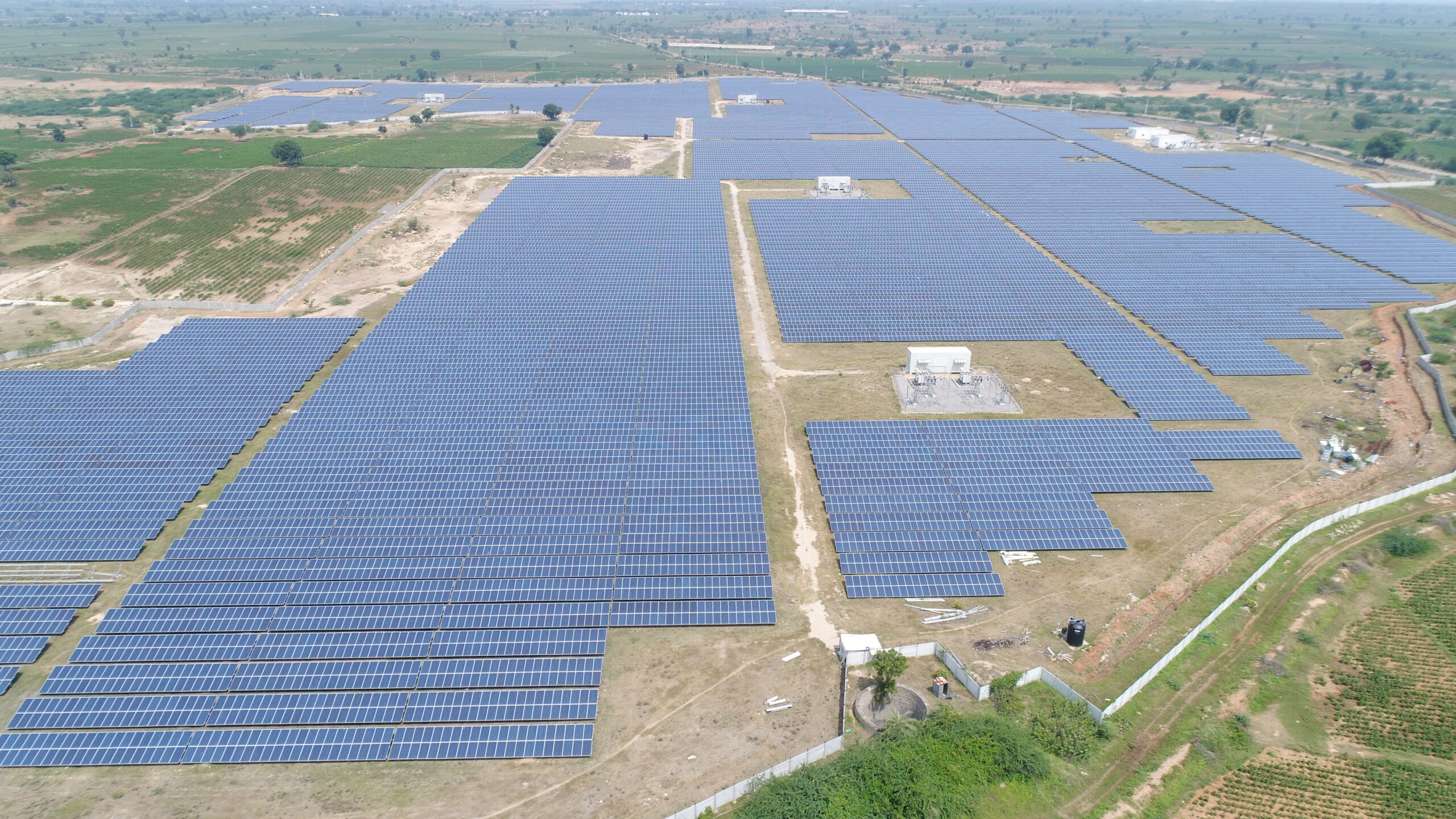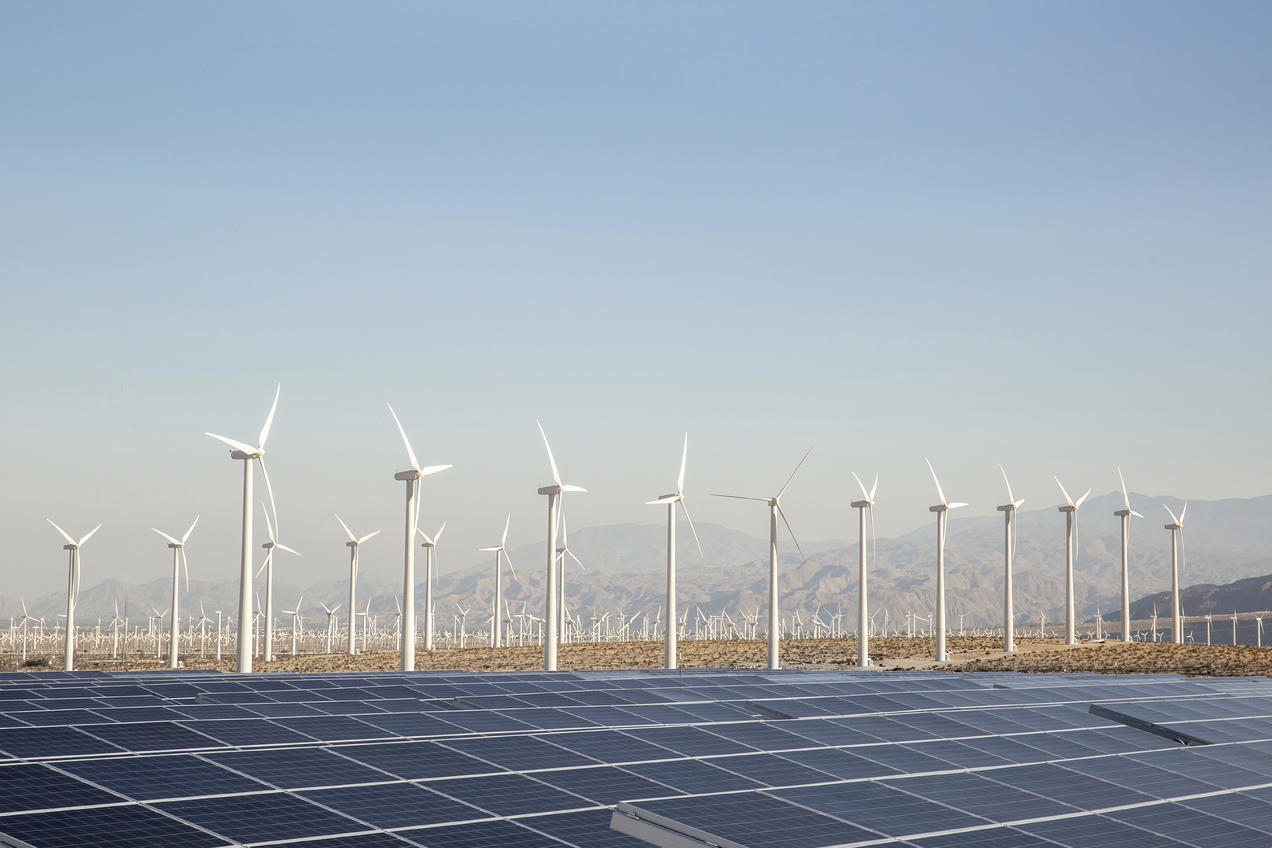Courtesy : www.edfenergy.com
Renewable energy
What is a renewable energy source?
A renewable energy source means energy that is sustainable – something that can’t run out, or is endless, like the sun. When you hear the term ‘alternative energy’ it’s usually referring to renewable energy sources too. It means sources of energy that are alternative to the most commonly used non-sustainable sources – like coal.
What is zero-carbon or low-carbon energy?
Nuclear-generated electricity isn’t renewable but it’s zero-carbon(1), which means its generation emits low levels or almost no CO2, just like renewable energy sources. Nuclear energy has a stable source, which means it’s not dependent on the weather and will play a big part in getting Britain to net zero status.
All our tariffs are backed by zero-carbon electricity(1) and if you choose to switch to us, you could play your part now in achieving the net zero target.
The most popular renewable energy sources currently are:
- Solar energy
- Wind energy
- Hydro energy
- Tidal energy
- Geothermal energy
- Biomass energy
How these types of renewable energy work
1) Solar energy

Sunlight is one of our planet’s most abundant and freely available energy resources. The amount of solar energy that reaches the earth’s surface in one hour is more than the planet’s total energy requirements for a whole year. Although it sounds like a perfect renewable energy source, the amount of solar energy we can use varies according to the time of day and the season of the year as well as geographical location. In the UK, solar energy is an increasingly popular way to supplement your energy usage. Find out if it’s right for you by reading our guide to solar power.
2) Wind energy

Wind is a plentiful source of clean energy. Wind farms are an increasingly familiar sight in the UK with wind power making an ever-increasing contribution to the National Grid. To harness electricity from wind energy, turbines are used to drive generators which then feed electricity into the National Grid. Although domestic or ‘off-grid’ generation systems are available, not every property is suitable for a domestic wind turbine. Find out more about wind energy on our wind power page.
3) Hydro energy

As a renewable energy resource, hydro power is one of the most commercially developed. By building a dam or barrier, a large reservoir can be used to create a controlled flow of water that will drive a turbine, generating electricity. This energy source can often be more reliable than solar or wind power (especially if it’s tidal rather than river) and also allows electricity to be stored for use when demand reaches a peak. Like wind energy, in certain situations hydro can be more viable as a commercial energy source (dependant on type and compared to other sources of energy) but depending very much on the type of property, it can be used for domestic, ‘off-grid’ generation. Find out more by visiting our hydro power page.
4) Tidal energy

This is another form of hydro energy that uses twice-daily tidal currents to drive turbine generators. Although tidal flow unlike some other hydro energy sources isn’t constant, it is highly predictable and can therefore compensate for the periods when the tide current is low. Find out more by visiting our marine energy page.
5) Geothermal energy
By harnessing the natural heat below the earth’s surface, geothermal energy can be used to heat homes directly or to generate electricity. Although it harnesses a power directly below our feet, geothermal energy is of negligible importance in the UK compared to countries such as Iceland, where geothermal heat is much more freely available.

6) Biomass Energy

This is the conversion of solid fuel made from plant materials into electricity. Although fundamentally, biomass involves burning organic materials to produce electricity, and nowadays this is a much cleaner, more energy-efficient process. By converting agricultural, industrial and domestic waste into solid, liquid and gas fuel, biomass generates power at a much lower economic and environmental cost.
What isn’t a renewable energy source?
Fossil fuels are not a renewable source of energy because they are not infinite. Plus, they release carbon dioxide into our atmosphere which contributes to climate change and global warming.
Burning wood instead of coal is slightly better but it’s complex. On the one hand, wood is a renewable resource – provided it comes from sustainably managed forests. Wood pellets and compressed briquettes are made from by-products of the wood processing industry and so arguably it’s recycling waste.
Compressed biomass fuels produce more energy than logs too. On the other hand, burning wood (whether it be raw timber or processed waste) releases particles into our atmosphere.
The future of renewable energy
As world population rises, so does the demand for energy in order to power our homes, businesses and communities. Innovation and expansion of renewable sources of energy is key to maintaining a sustainable level of energy and protect our planet from climate change.
Renewable energy sources make up 26% of the world’s electricity today, but according to the International Energy Agency (IEA) its share is expected to reach 30% by 2024. “This is a pivotal time for renewable energy,” said the IEA’s executive director, Fatih Birol.
In 2020, the UK hit a new amazing renewable energy milestone. On Wednesday 10th June, the country celebrated two months of running purely on renewable energy for the first time ever. This is a great step in the right direction for renewables.(1)
In the future, it’s expected that the number of renewable energy sources will continue to increase as we see an increase in demand for power. This will drive down the price of renewables – great for the planet, and great for our wallets.





